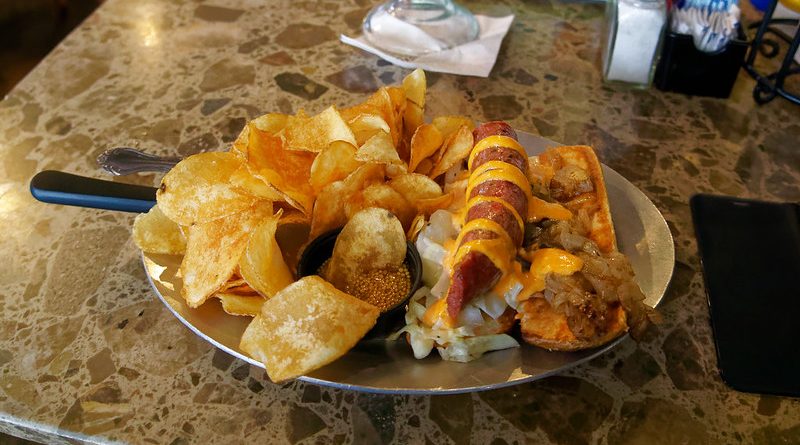Going Creole: The Food of New Orleans
New Orleans is the capital of Louisiana and here food is identity. Louis Armstrong always signed his letters ‘Red beans and ricely yours’.
The first cooking school here dates back to 1722, only four years after the original colonial settlement was named in honour of Philippe II, Duc d’Orléans. The first restaurant opened in 1840.
This is the place to find the best fried chicken, catfish courtbouillon, king cake and pralines- even the proper way to prepare a humble pot of red beans has been exhaustively codified. Songs praise crawfish pie and jambalaya. A major festival honours the humble po’boy sandwich.
The French settled here in the late 17th century, bringing African slaves from the Senegambian coast, before losing much of their territory to the English and later to the Spanish. People arrived from everywhere- from the Canary Islands to Canada, bringing their language, religion, music and of course, their food.
New Orleans today with its street music, cocktails and Creole cuisine, is a spicy, sweaty, bouncing metropolis unlike any other in the USA.
While the rest of us eat to live, New Orleanians live to eat. The French, Spanish, Sicilians, Filipinos, Haitians, and Germans among others have all contributed to the gastro-amalgamation here, making New Orleans the most food centric city in the US.
One of the signature foods here is the Po Boy . The Po’ boy. is the king of New Orleans sandwiches, a two fisted feast on French bread piled high and messy with anything from basic ham and cheese to fried soft shell crabs. According to legend, the name dates back to a local transportation strike during the 1920s, when union members were treated to free sandwiches at a deli – they would say: here comes another poor boy! You need to know that ‘brown gravy’ is roast beef gravy, ‘red gravy’ is marinara sauce, ‘my-nez’ is mayonnaise and ‘hot sauce’ is fiery with cayenne pepper.
The term “Creole” describes the people who were born to settlers in French colonial Louisiana, specifically in New Orleans. In the 18th century Creoles consisted of the descendants of the French and Spanish upper class that ruled the city. Over the years the term Creole grew to include native-born slaves of African descent as well as free people of color.
Like the people, Creole food is a blend of the various cultures of New Orleans including Italian, Spanish, African, German, Caribbean, Native American, and Portuguese, to name a few. Creole cuisine is thought of as a little higher brow or aristocratic compare to Cajun. Traditionally, slaves in the kitchens of well-to-do members of society prepared the food. Creole cuisine has a bit more variety, because of the easier access Creoles had to exotic ingredients and the wide mix of cultures that contributed to the cuisine.
Gumbo is the dish that best represents Creole cuisine. It’s the name given to a wide array of rich soups. In New Orleans, the stockpot is generally filled with shellfish, while the Cajun version prefers a hearty mix of chicken and smoked sausage. Gumbo is always served over steamed rice, along with plenty of hot French bread or corn bread.
The Creole trinity of essential ingredients are onions, bell peppers and celery. They do use pepper but in moderation. Cooks like to taste the food. The Roux is always made with flour and butter.




